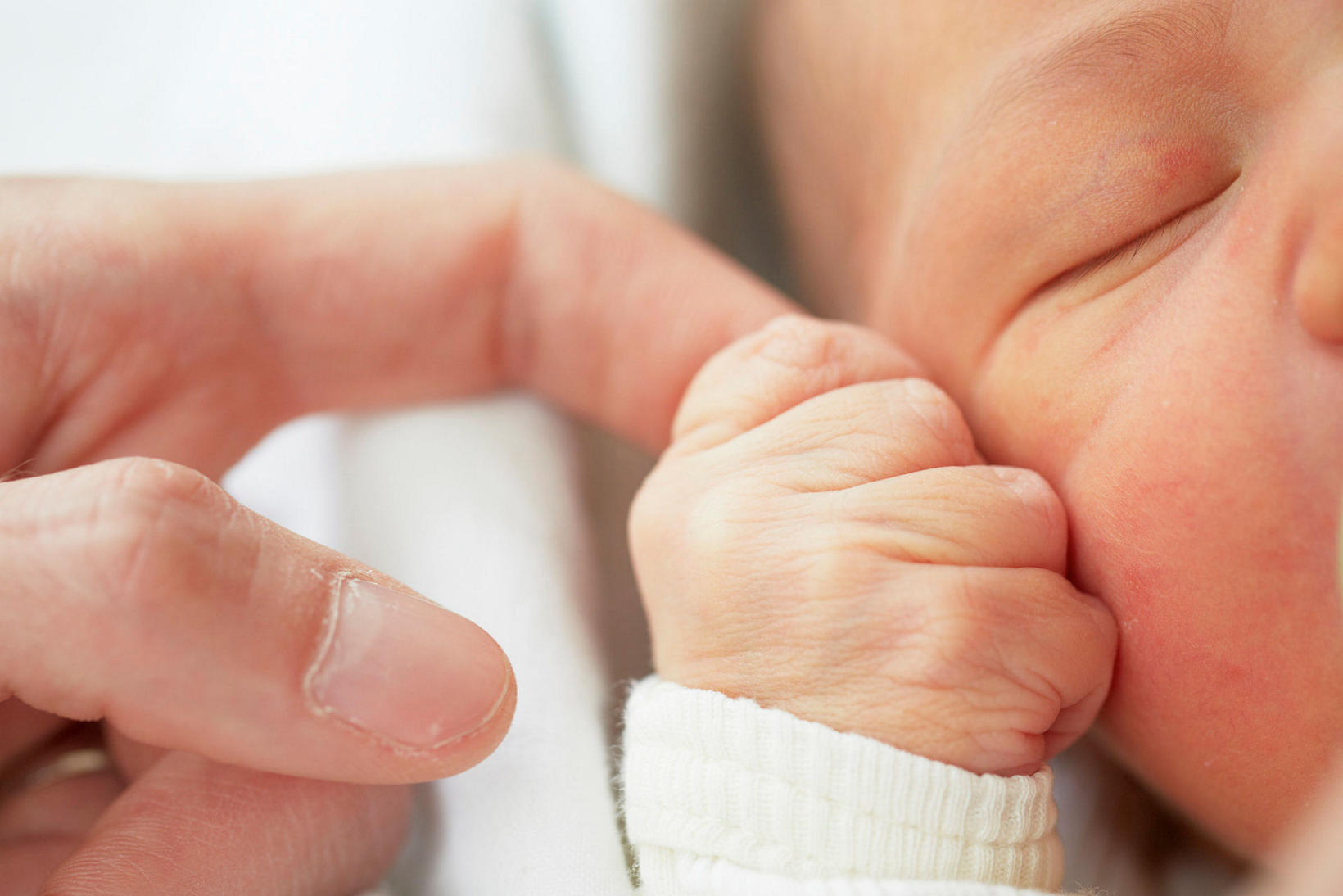Iceland’s fertility rate hits record low
According to Statistics Iceland, women's fertility rate has never been lower in Iceland since records began in 1853.
Population growth at risk
In 2024, a total of 4,311 live births were recorded in Iceland, marking a slight decline from 4,315 births in 2023. Of these, 2,224 were boys and 2,087 were girls, meaning there were 1,066 boys for every 1,000 girls.
“The key measure of fertility is the number of live births per woman in her lifetime. To maintain population levels in the long term, a fertility rate of around 2.1 is needed. In 2024, Iceland’s fertility rate fell to 1.56, the lowest ever recorded. In 2023, it stood at 1.59, the second lowest on record,” the statement from Statistics Iceland noted.
Iceland’s fertility rate has remained below 2.0 since 2012, when it last reached 2.1.
Declining fertility across the Nordic region
The downward trend is not unique to Iceland—fertility rates have been declining across the Nordic countries in recent years, reflecting broader demographic challenges in the region.








